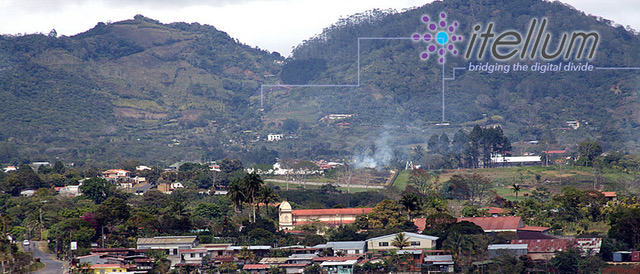The transformation of education in the world
DDecisions that impact teaching processes and the quality of learning.
CISCO figures reveal that there are more than 300 million children in the world who reach fourth grade and cannot read and write. If we talk about Latin America, there are 60 million children who do not have access to basic primary education and 65 million who do not attend secondary education. Given this, there is a need to transform educational processes and technology is one of the great allies that countries must achieve it.
In order for more countries to take advantage of technology and digitization as the key elements to continue the transformation of education and solve several of the most important challenges they face today, Cisco presented in Latin America the study “School Connectivity Programs for the Century XXI ”.
According to the report, the cases of Ireland, Portugal, New Zealand, Uruguay and the United States become benchmarks of school connectivity for everyone, by connecting all their schools and transforming educational processes in the classroom in less of five years.
“Most countries have some type of connectivity program in schools. Unfortunately, connection speeds are often so slow that connectivity rarely extends to classrooms. In other words, we may be connecting schools, but often we are not connecting teachers and students to the global learning community,” said Andrés Maz, Cisco Director of Advanced Technology Policy. “In the study that we carried out we have seen how technology applied to education leads to fundamental improvements in the educational process, giving children access to better content, teachers more applications to improve teaching processes and those responsible for managing and administer new schools tools to carry out their work more efficiently. We have found that technology presents wonderful opportunities to transform the education process,” adds Maz. This report reflects the multi-area effort to drive government policies to connect all schools to high-speed Internet.
School connectivity in the world
According to the research, European countries, high-income Asians, and the United States have virtually all schools connected to the Internet. However, despite having high access to the web, the quality of network connectivity varies.
The UNESCO Institute for Statistics carried out surveys on ICT in education in Asia and Latin America and the Caribbean, identifying in both cases that there are large gaps in school connectivity, not only between developing countries, but also between countries Developing.
Of the countries with data, Internet connectivity in public secondary schools reaches in some cases only 6% while only a few highly developed countries cover 100%.

Lessons left by successful countries in school connectivity
In addition to connecting all of its schools and managing broadband speeds with the goal of 1 Gbps per 1,000 students, the progress made by Ireland, Portugal, New Zealand, Uruguay and the United States are considered as a model by the axes that the made possible. “We found that they are cases that have elements in common. All start from a clear vision of government to transform education through digitalization and connectivity; implementation is fast and effective (took 3-5 years); there are different sources of financing; and technology not only remains to bring connectivity to school but to impact teaching processes in classrooms, ”said Andrés Maz.
Recommendations for countries
To initiate a process of connectivity and digitization, government institutions and entities must have a compelling reason or vision for why schools need to be connected.
It is also important that they involve private companies and make decisions for cutting-edge technology. Taking a country’s education seriously is taking its future seriously.
At Itellum we not only believe in the pillar that represents education in a country, but we also have access to the tools and technology necessary to impact any study center or educational network, as well as public schools and colleges in the country, providing opportunities that in the short, medium and long term, they will have a very significant impact for an entire country.






